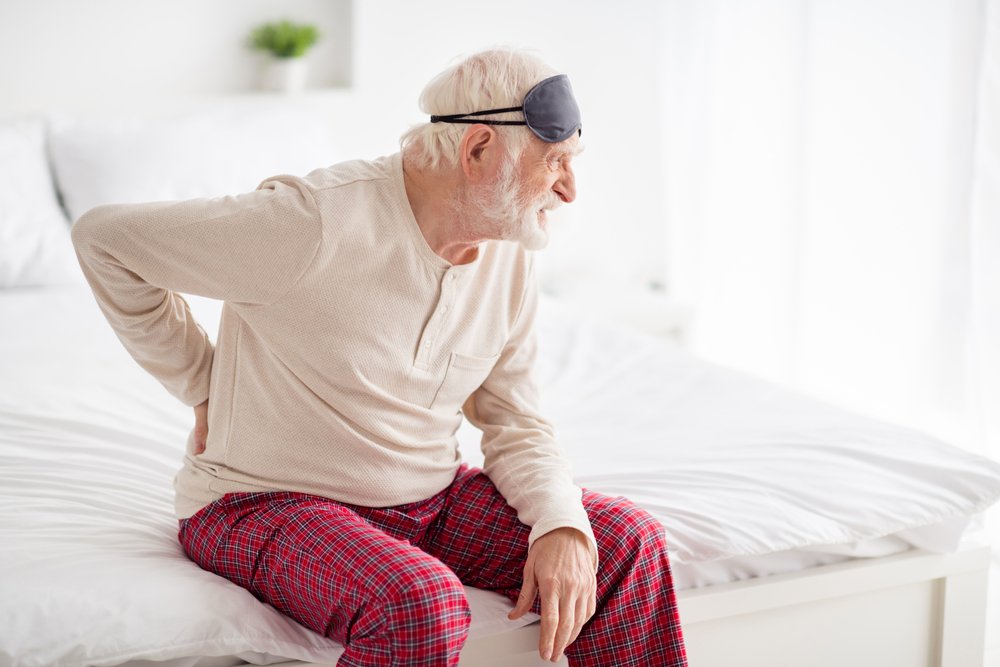The backbone or spine is created by 26 bones and known as vertebrae. Your spinal cord is protected by the vertebrae and allows standing and bending. A variety of issues can alter the spine's structure or cause harm to the vertebrae and nearby tissue. Infections are one of them. The spine surgeons will always have your back for spinal issues.

-
Injuries
-
Tumors
-
Bone changes that occur with aging, as herniated disks and spinal stenosis
-
Ankylosing spondylitis and scoliosis
When bone abnormalities impose strain on the spinal cord or nerves, spinal disorders can cause pain. They can also be used to restrict movement. Treatments vary depending on the condition, however they may involve surgery and back braces.
Symptoms
After spinal cord injury, our capacity to control our limbs is determined by two factors: the location of the spinal cord injury and the injury severity.
The neurological level of your injury refers to the lowest part of the spinal cord that is unaffected following an injury. The "completeness" of your injury is sometimes referred to as "the severity," and it can be classed as one of the following:
-
Complete - A complete damage occurs when motor function and all sensation are lost below the level of the spinal cord injury.
-
Incomplete - Your injury is deemed incomplete if there is some sensory or motor function lowers the affected area. Incomplete damage can in a variety of forms.
Paralysis caused by a spinal cord injury can also be mentioned as:
-
Tetraplegia - Your hands, arms, legs, trunk, and pelvic limbs are all impacted by a spinal cord injury, which is also known as quadriplegia.
-
Paraplegia - The legs, trunk and pelvic organs are all or partially paralyzed.
A number of tests will be performed by your medical team to establish the severity and extent of your neurological injury.
Spinal cord injury can cause -
-
Bowel or bladder control loss
-
Inflated spasms or reflex activities
-
Changed sexual sensitivity, function and fertility
-
Difficulty in breathing, coughing secretions from the lungs
Symptoms and indicators of an emergency
The following are emergency signs of a spinal cord injury following an accident:
-
Severe back pain or a feeling of pressure in the head, neck, or back
-
Incoordination, weakness or paralysis in any body part
-
Tingling, numbness or sensation loss in the fingers, hands, toes or feet
-
Lack in bowel or bladder control
-
Problems with walking and balancing
-
Impaired breathing after an injury
When should you see a doctor?
Anyone who has sustained serious head or neck trauma should seek medical attention right away to rule out a spinal damage. In fact, until proven otherwise, it's safer to presume that victims have an injury because:
-
A major spinal damage isn't often visible. If the cause is unknown, a more serious damage may result.
-
Paralysis or numbness can occur suddenly or gradually.
-
The amount of time between an injury and treatment is important in defining the level and sternness of complications, as well as the predicted recovery period.
Contact us for Neuroscience Specialists for spine surgeons. Make sure you visit a doctor at the right time.
**Disclaimer- Information presented here is not intended to be qualified medical advice. Nothing expressed herein creates a doctor-patient relationship.
**Disclaimer- Information presented here is not intended to be qualified medical advice. Nothing expressed herein creates a doctor-patient relationship.

